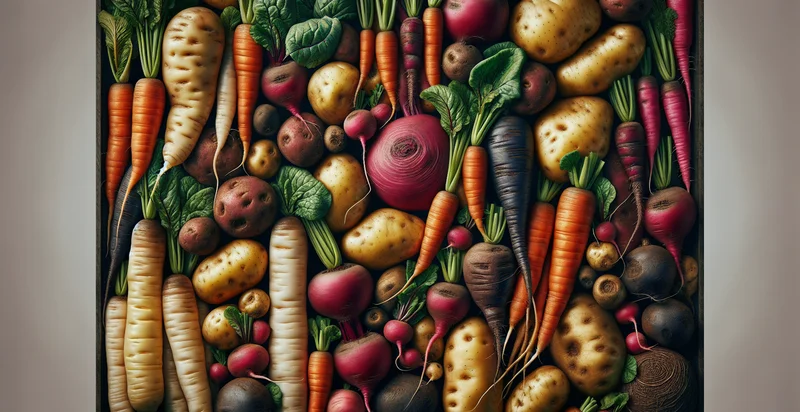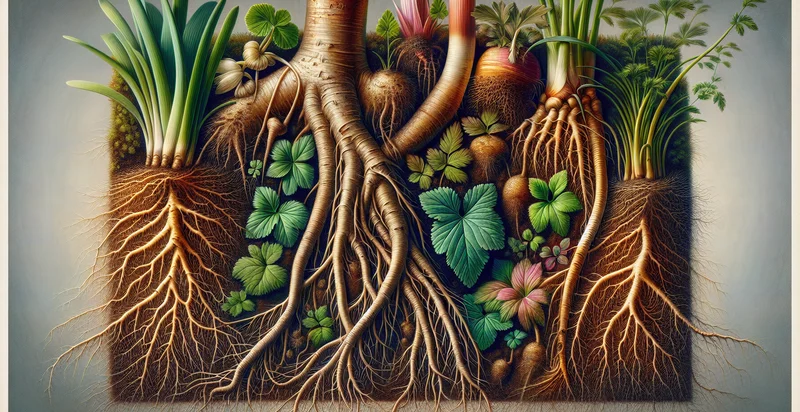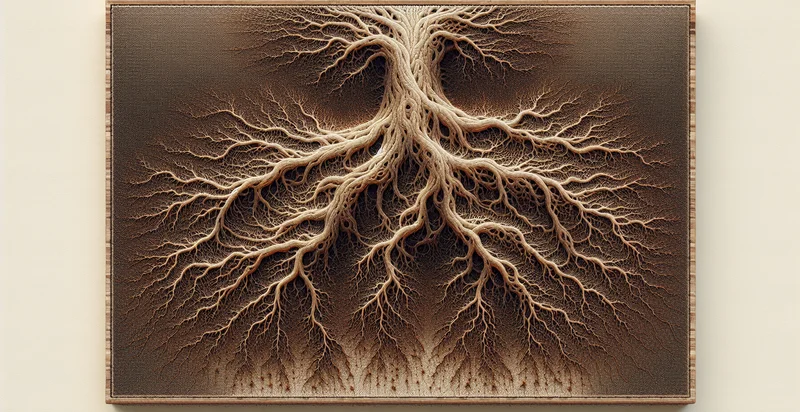Identify root vegetables
using AI
Below is a free classifier to identify root vegetables. Just upload your image, and our AI will predict what type of root vegetable it is - in just seconds.

Contact us for API access
Or, use Nyckel to build highly-accurate custom classifiers in just minutes. No PhD required.
Get started
import nyckel
credentials = nyckel.Credentials("YOUR_CLIENT_ID", "YOUR_CLIENT_SECRET")
nyckel.invoke("root-vegetables", "your_image_url", credentials)
fetch('https://www.nyckel.com/v1/functions/root-vegetables/invoke', {
method: 'POST',
headers: {
'Authorization': 'Bearer ' + 'YOUR_BEARER_TOKEN',
'Content-Type': 'application/json',
},
body: JSON.stringify(
{"data": "your_image_url"}
)
})
.then(response => response.json())
.then(data => console.log(data));
curl -X POST \
-H "Content-Type: application/json" \
-H "Authorization: Bearer YOUR_BEARER_TOKEN" \
-d '{"data": "your_image_url"}' \
https://www.nyckel.com/v1/functions/root-vegetables/invoke
How this classifier works
To start, upload your image. Our AI tool will then predict what type of root vegetable it is.
This pretrained image model uses a Nyckel-created dataset and has 20 labels, including Arrowroot, Beet, Carrot, Cassava, Celeriac, Celery Root, Daikon, Garlic, Ginger and Jicama.
We'll also show a confidence score (the higher the number, the more confident the AI model is around what type of root vegetable it is).
Whether you're just curious or building root vegetables detection into your application, we hope our classifier proves helpful.
Related Classifiers
Need to identify root vegetables at scale?
Get API or Zapier access to this classifier for free. It's perfect for:
- Crop Quality Assessment: The 'root vegetables' identifier can be utilized by agricultural companies to assess the quality of their harvested crops. By analyzing images of root vegetables, the function can identify any deformities or diseases, enabling farmers to sort high-quality produce and reduce waste.
- Inventory Management for Grocery Stores: Grocery stores can implement the image classification function to manage their inventory of root vegetables. By automatically identifying and categorizing vegetables delivered to the store, it helps in tracking stock levels more efficiently and ensuring fresh produce availability.
- Recipe Recommendation Systems: Cooking platforms and apps can use the root vegetable identifier to recommend recipes based on the vegetables users have at home. By allowing users to take pictures of the root vegetables, the system suggests tailored recipes, enhancing user engagement and satisfaction.
- Agricultural Research: Research institutions can integrate the image classification function to study the biodiversity of root vegetables. By identifying and cataloging different varieties in various environments, researchers can gather data for breeding programs and environmental impact studies.
- Nutritional Education: Educational platforms can use the identifier to create interactive learning tools about root vegetables for schools or nutrition workshops. By allowing students to recognize and understand different root vegetables, it promotes healthy eating habits and better nutrition knowledge.
- Supply Chain Tracking: Food distribution companies can leverage the classification function to monitor the condition of root vegetables throughout the supply chain. By detecting any spoilage or quality issues during transit, companies can take proactive measures to ensure product integrity before reaching consumers.
- Automated Market Stalls: Farmers' markets or roadside stands can implement the root vegetable identifier to automate sales processes. Customers can use a mobile app to scan vegetables, receive price calculations, and make purchases directly, streamlining the shopping experience and reducing wait times.


